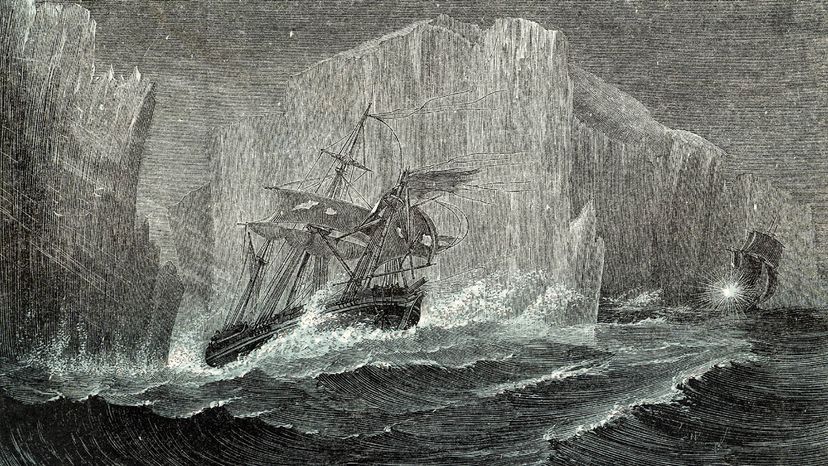In the Age of Sail, there was no Panama Canal. Desperate to find a shortcut to China and India, European trade interests set their eyes on the Arctic. Hundreds of explorers tried to locate the Northwest Passage, the polar sea route that links the Atlantic Ocean to the Pacific. Many attempts ended badly.
One of those began on May 19, 1845, when Sir John Franklin of the British Royal Navy set out to find and cross the passage. That day, he left Greenhithe, England, with two ships under his command: The HMS Erebus and the HMS Terror. Altogether there were 129 officers and sailors divided between these vessels. None of them made it out of the Arctic alive.
Salvaged documents from their doomed voyage tell us Franklin died in June 1847, two years after he left England. We also know the ships became frozen in place near the McClintock Channel for a considerable period of time — and malnutrition and scurvy were probably rampant among the crew. Despite all this, some of the men were still alive in April 1848.
Three crewmen were buried at Beechey Island in far north Canada. Other bodies and artifacts from the expedition — including bones that show evidence of cannibalism — have been found elsewhere in the region. The vessels themselves stayed hidden for more than 160 years. Archaeologists finally located the wrecks of Erebus and Terror at the bottom of the Queen Maud Gulf in 2014 and 2016, respectively.
Learn more about the Franklin expedition in "Relics of the Franklin Expedition: Discovering Artifacts from the Doomed Arctic Voyage of 1845" by Garth Walpole (Author), Russell Potter (Editor). HowStuffWorks picks related titles based on books we think you'll like. Should you choose to buy one, we'll receive a portion of the sale.
